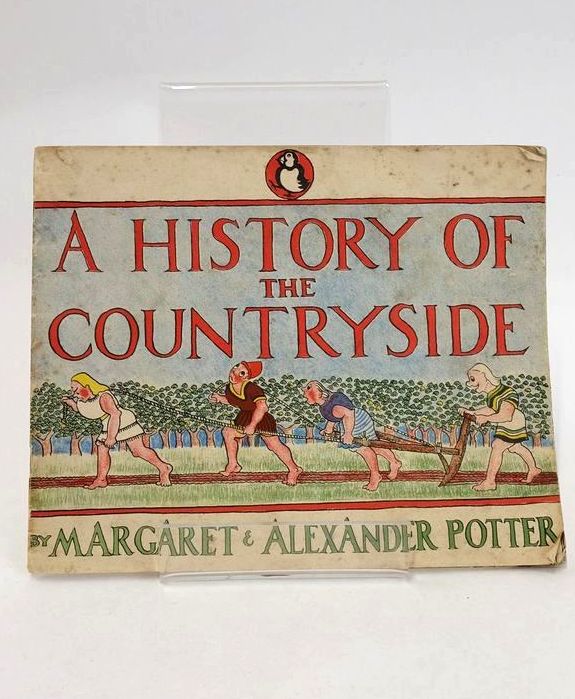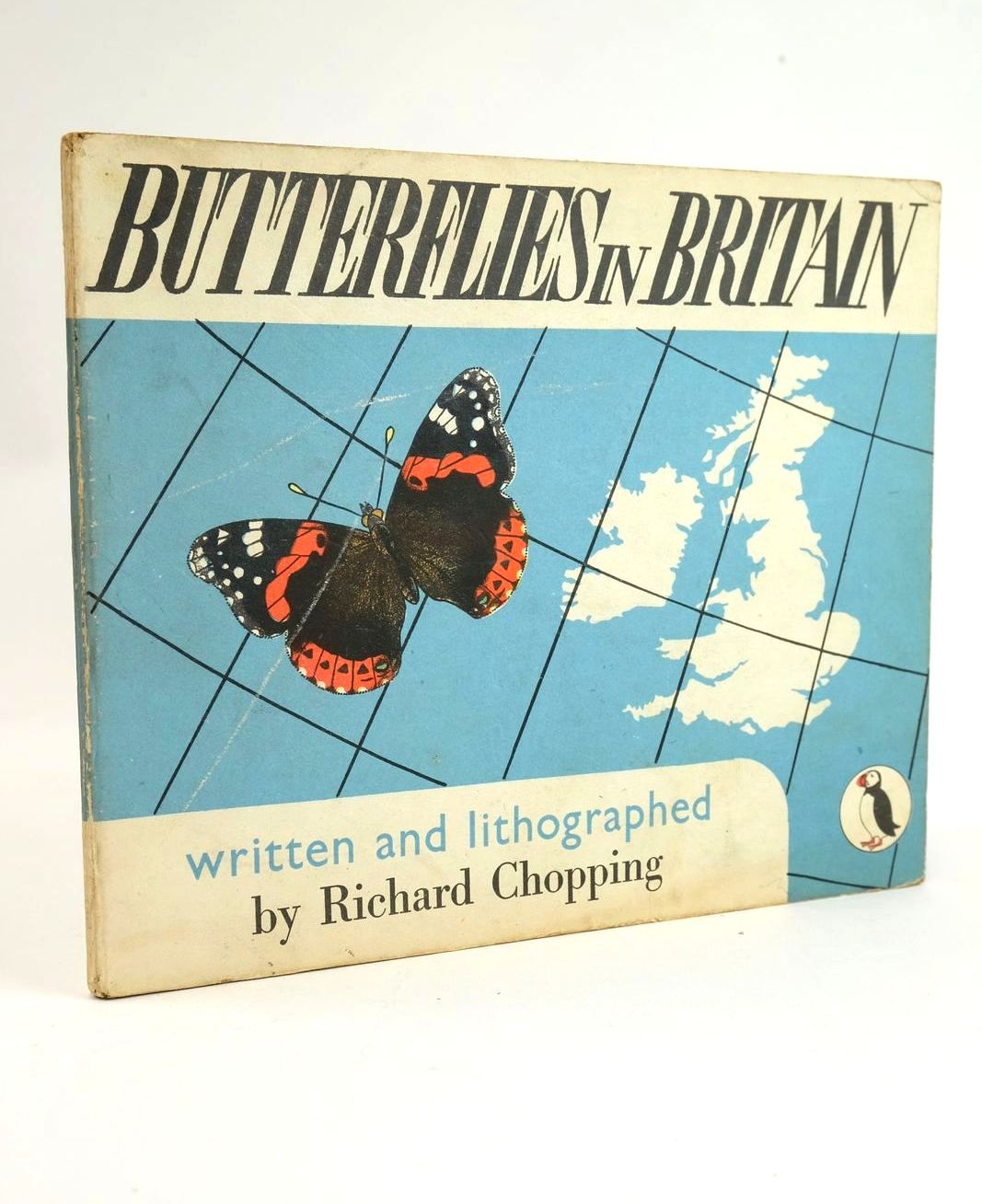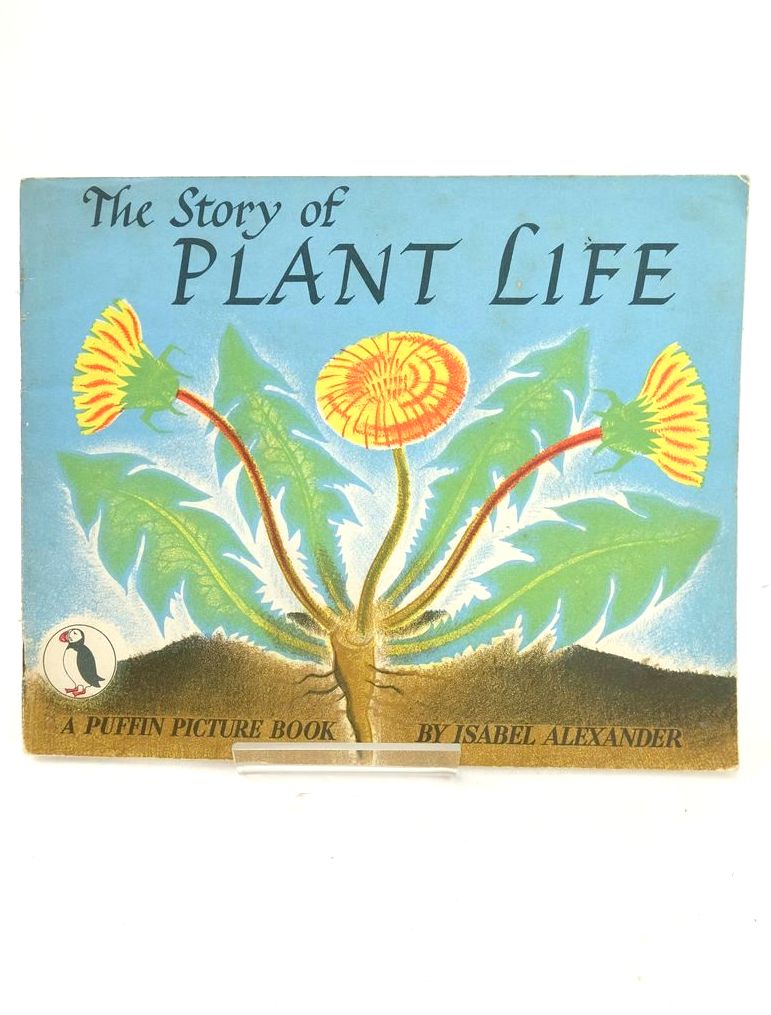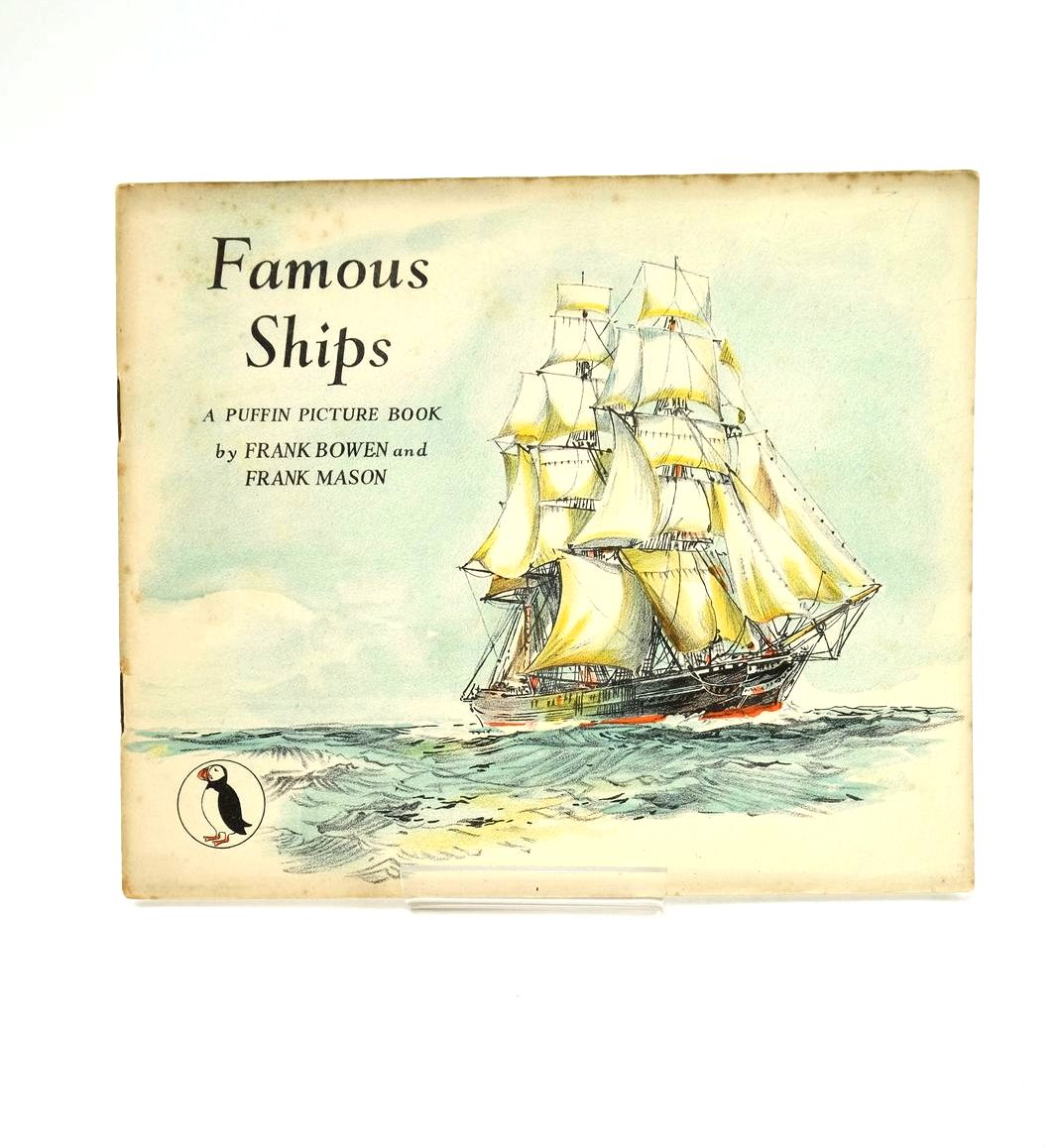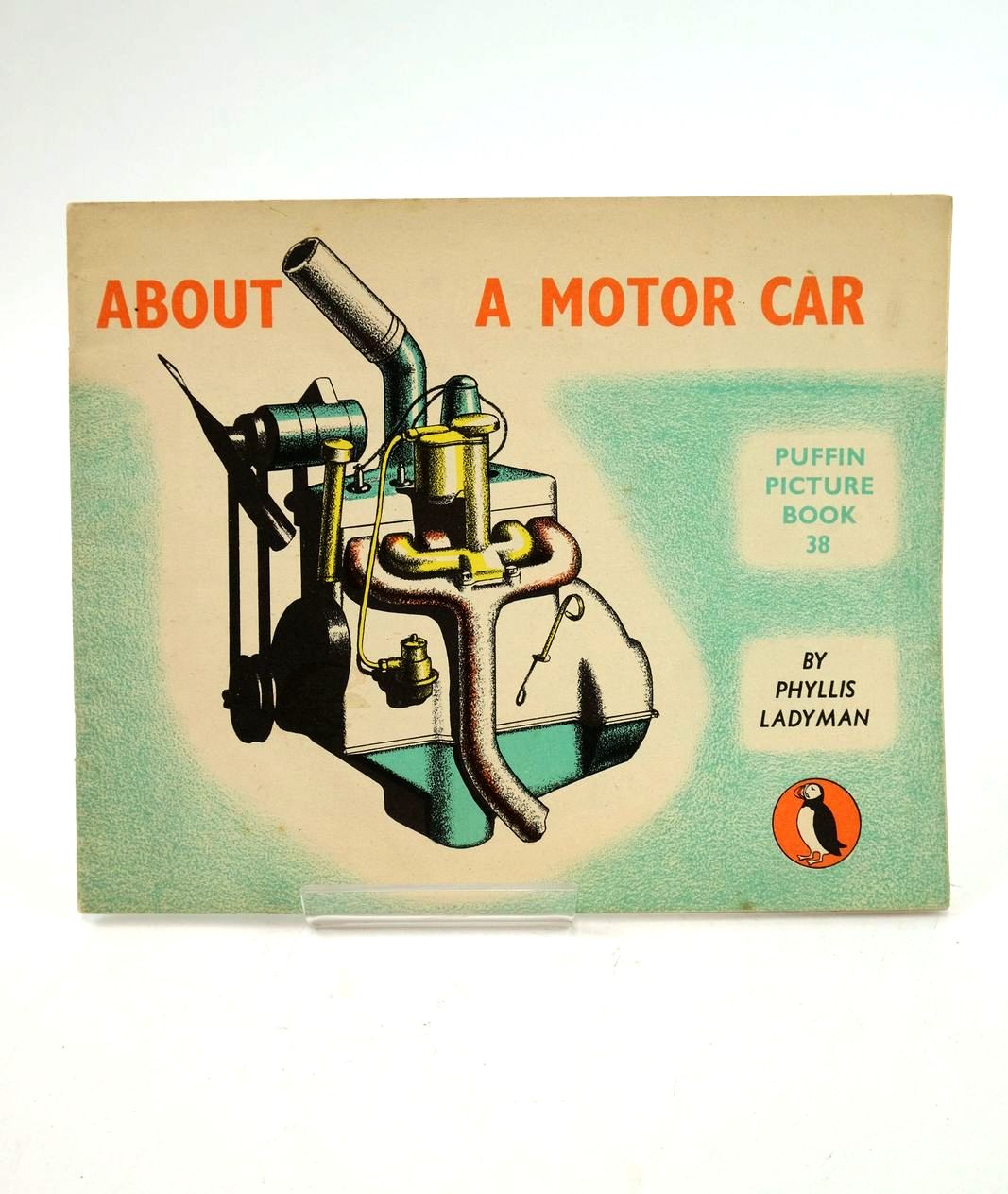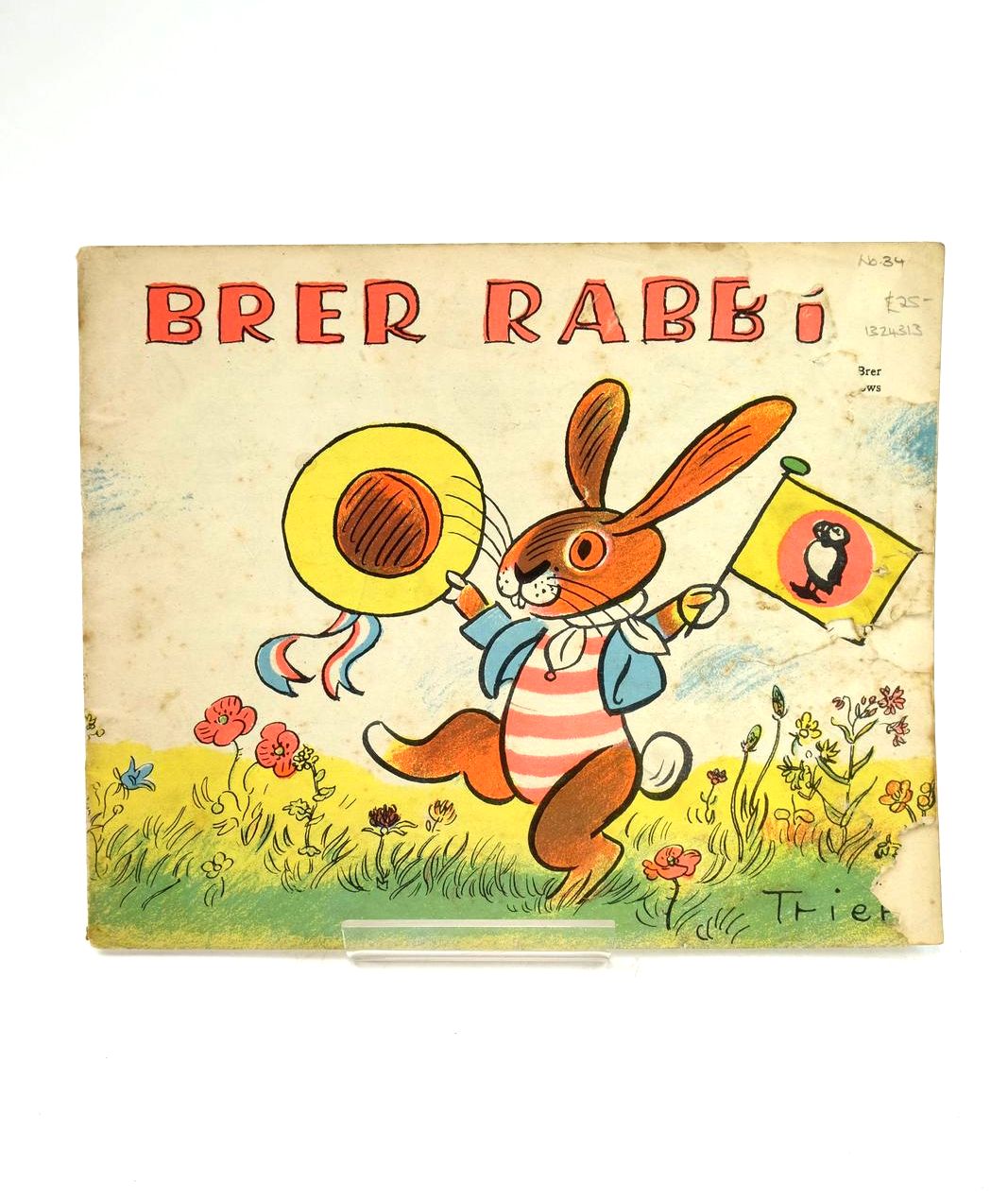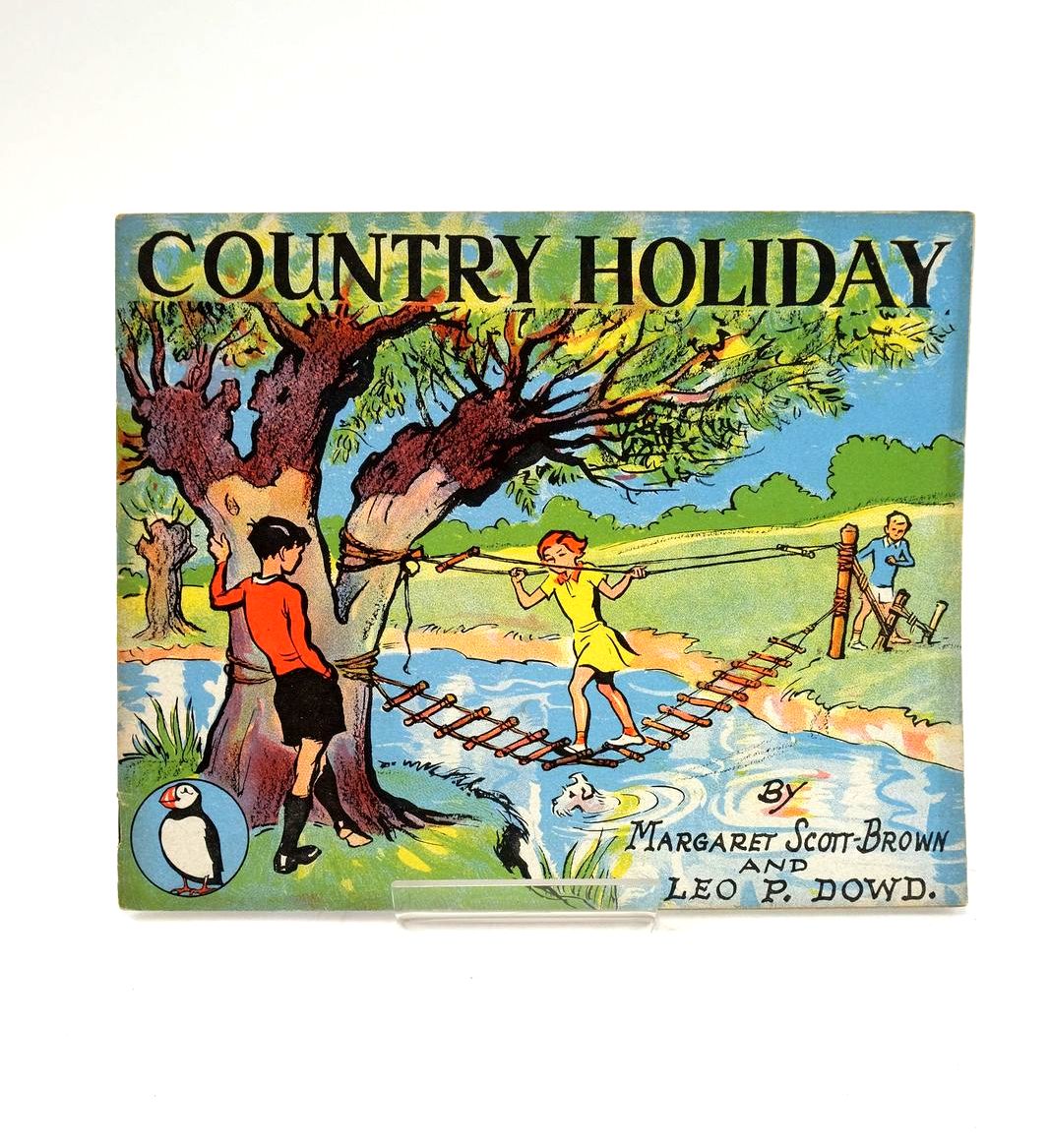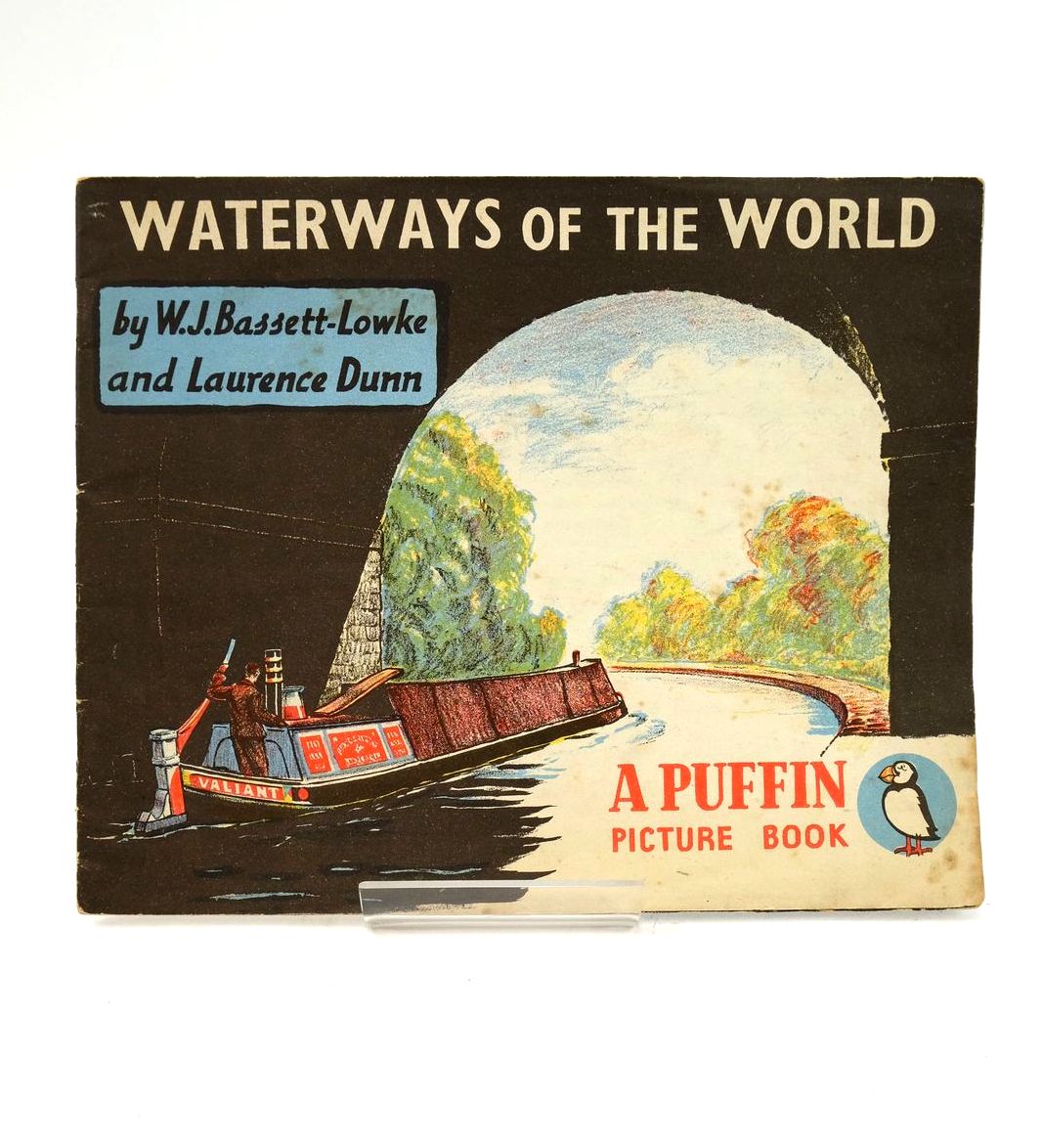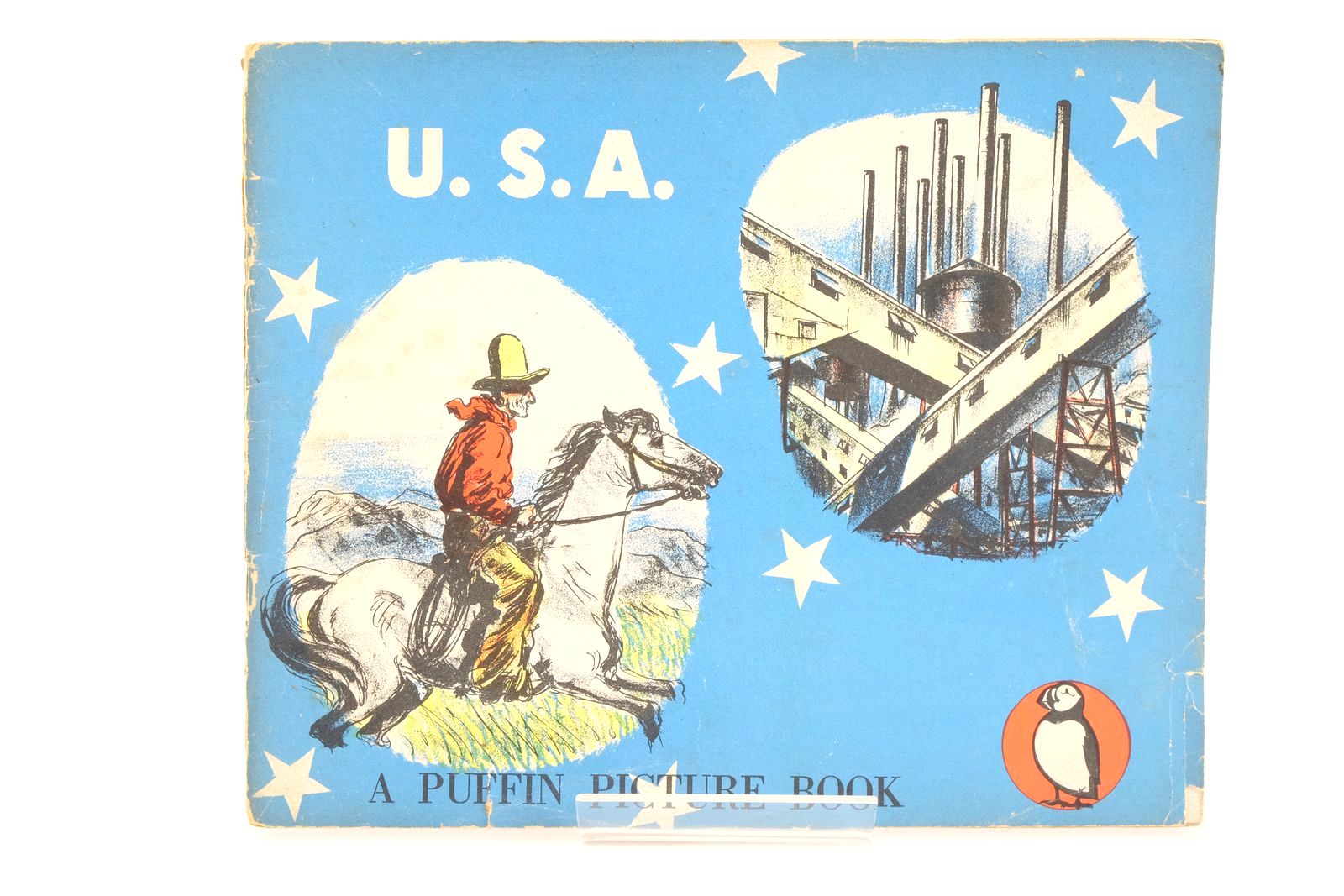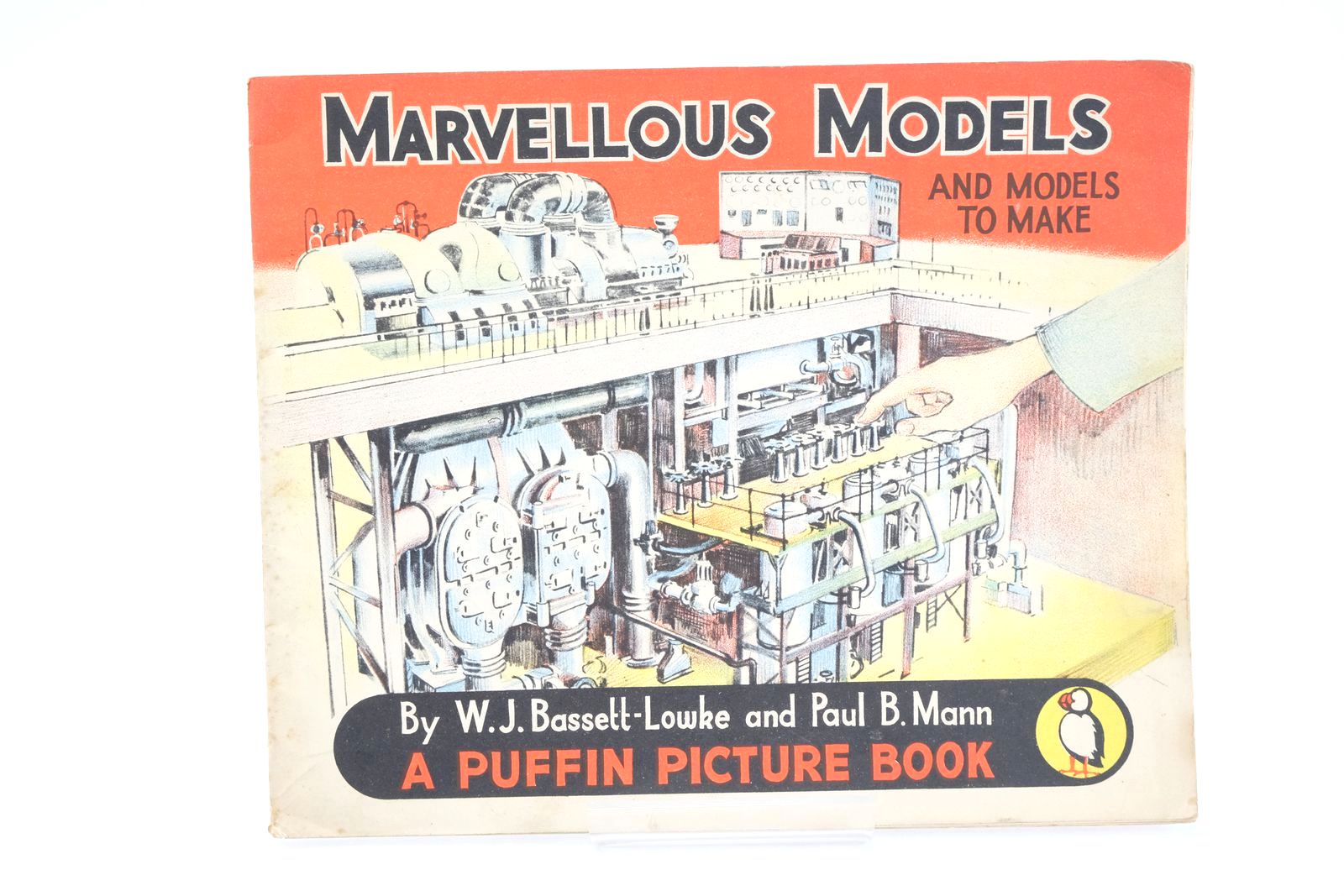Puffin Picture Books
A fascinating, colourful and educational series of books for children, first published at the start of the Second World War and with some volumes continuing to be reprinted well into the 1970's. How did this series come to be published in the war years when there were severe paper shortages and little money to be spent on books? The series was the brainchild of Noel Carrington, editor for Country Life books and described by Kathleen Hale as "a brilliant talent spotter"

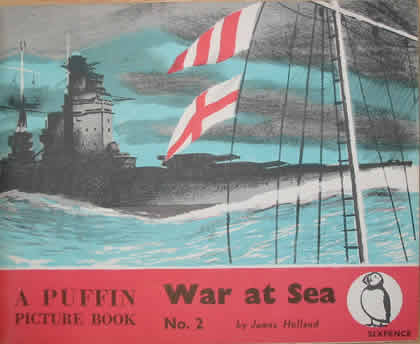
Carrington had for some time been an admirer of the brightly coloured lithographed books mass-produced for Soviet children. Well illustrated, they were printed in huge numbers and given away on street corners so that every child in the land could have one. Carrington believed that there was a need for such books in Britain and was actively seeking a publisher who would be prepared to take a similar risk. He had researched the subject thoroughly with the printers W.H. Cowell and was convinced it was viable. Artists would be required to draw their illustrations directly onto lithographic plates to avoid the expense of camera work. While this was a complex and time-consuming process it would help to reduce the published price of the books in line with Carrington's ideal.
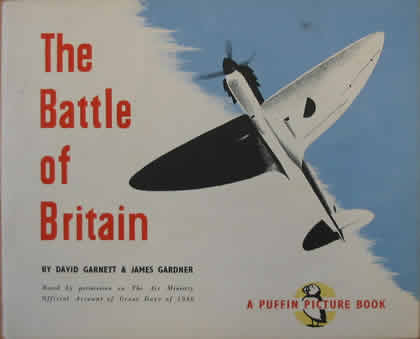 And so it was that in 1939 Noel Carrington met Allen Lane, the founder of Penguin Books, and put to him an idea for a series of children's non-fiction picture books. It took Allen Lane just two minutes to decide he wanted such children's picture books for Penguin and so the Puffin list was born and the Puffin Picture Book series was launched in 1940. The first three books in the series detailed the progress of the war in the three services: War On Land; War At Sea and War In The Air, the first two by James Holland and the third by James Gardner. All three are very scarce today as is the later book by James Gardner The Battle of Britain, no. 21 in the series, published in 1941.
And so it was that in 1939 Noel Carrington met Allen Lane, the founder of Penguin Books, and put to him an idea for a series of children's non-fiction picture books. It took Allen Lane just two minutes to decide he wanted such children's picture books for Penguin and so the Puffin list was born and the Puffin Picture Book series was launched in 1940. The first three books in the series detailed the progress of the war in the three services: War On Land; War At Sea and War In The Air, the first two by James Holland and the third by James Gardner. All three are very scarce today as is the later book by James Gardner The Battle of Britain, no. 21 in the series, published in 1941.
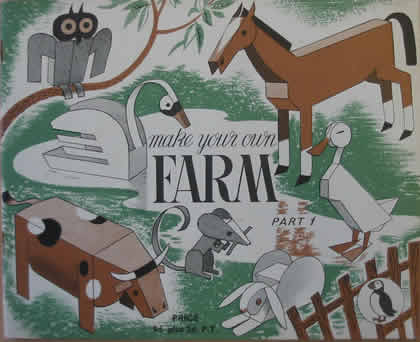 The fundamental ideal of the series though was not to detail the war effort but to introduce newly evacuated city children, possibly seeing and experiencing the countryside for the first time, to the pleasures to be found in natural history and related topics. The 4th book in the series was On The Farm, not surprising as Allen Lane had invested in a farm at this time and Noel Carrington had farmed for many years at Lambourn. This book was followed by A Book of Insects; Flowers of the Field and Hedgerow and Animals of the Countryside, all with beautiful colour illustrations and educational text.
The fundamental ideal of the series though was not to detail the war effort but to introduce newly evacuated city children, possibly seeing and experiencing the countryside for the first time, to the pleasures to be found in natural history and related topics. The 4th book in the series was On The Farm, not surprising as Allen Lane had invested in a farm at this time and Noel Carrington had farmed for many years at Lambourn. This book was followed by A Book of Insects; Flowers of the Field and Hedgerow and Animals of the Countryside, all with beautiful colour illustrations and educational text.
The series developed through the war years and beyond with some titles being translated into many different languages. A wide range of subjects was covered for boys and girls of all ages and they were illustrated by a variety of distinguished and popular artists. By far the most difficult titles to find today are the cut-out books not only because they were used and then discarded, but interestingly they were classed as toys thus attracting purchase tax and they therefore sold in fewer quantities. These included Make Your Own Farm; Make Your Own Zoo and Paper Birds.
The final book in the series, PP120 Seashore Life, was published in 1965.
For the avid collector the whereabouts of Puffin Picture Book No. 116 has been a mystery for many years. In 1961, the artist and writer Paxton Chadwick died suddenly, shortly before completing the book entitled Life Histories, a series of illustrated stories about the development of various animals that undergo significant metamorphosis. Carrington retired, and the book was never published, and its catalogue number, PP116, was never used. The original text and plates remained, and were used to recreate the book as closely as possible to its original conception. In 1995 as part of the celebration of Penguin's 60th anniversary this elusive book was published in a limited edition of 1,000. The book is sold with an accompanying 16-page booklet by Steve Hare, The Life History of Life Histories which contains the history of the Puffin Picture Books, and the reasons why Chadwick's final book was never published as part of the original series.


Information for this article was taken, with permission, from The Life History of Life Histories and from the web site of the Penguin Collector's Society (http://www.penguincollectorssociety.org/home.htm)
Contributed by Chris Tomaszewski
(Published on 29th Oct 2014 )


